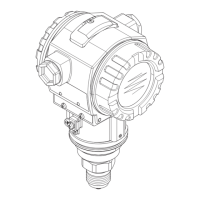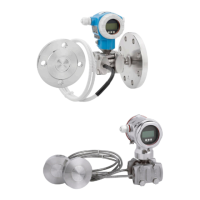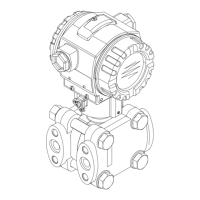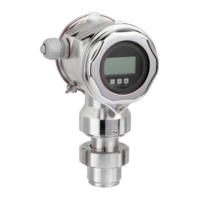Liquiphant S, Nivotester
Endress+Hauser 11
Initial operation When operated for the first time, the function of the entire system can be checked by raising the level in the
tank to the limit value. Pressing the "test" key on Nivotester FTL670 is sufficient for the functional test of the
follow-up devices (→ ä 13, "Flow diagram").
In Germany, specific regulations must be observed for the functional test of an overfill protection system.
Note the relevant information in the certificates.
Maintenance Please refer to the relevant Operating Instructions for instructions on maintenance (→ ä 6, "Supplementary
device documentation").
Alternative monitoring measures must be taken to ensure process safety during proof-testing and maintenance
work on the device.
Proof-test
Proof-test Safety functions must be tested at appropriate intervals to ensure that they are functioning correctly and are
safe. The time intervals must be defined by the operator.
Proof-testing of the device can be performed using one of the following procedures:
– Approaching the level (→ Test procedure A).
– Removing and immersing in a medium of comparable density and viscosity (→ Test procedure B).
– Simulation at the Nivotester by activating the "test" key (→ Test procedure C).
In addition, checks must be carried out to ensure that all cover seals and cable entries are sealing correctly.
Procedure for proof-testing Preparation:
Connect a suitable measuring device (e.g. Multimeter, downstream plant sections etc.) to display the function
of the fail-safe contact.
Test procedure A
Procedure when it is possible to approach the level:
1. The tuning fork must be free. If necessary, reduce the level and wait 10 seconds.
2. Check is the LED for permanent self-monitoring flashing (→ ä 13, "Flow diagram")?
– No: fault in the Liquiphant or Nivotester.
– Yes: make a note of the initial status of the fail-safe contact (open/closed).
3. Check is the fail-safe contact closed?
– No: fault in the Liquiphant or Nivotester.
– Yes: dampen the tuning fork by approaching the level.
4. Make a note of the second status of the fail-safe contact (open/closed).
5. Check is the fail-safe contact open?
– No: fault in the Liquiphant or Nivotester.
– Yes: remove damping from the tuning fork: reduce the level.
6. Make a note of the third status of the fail-safe contact (open/closed).
7. Check is the fail-safe contact closed?
– No: fault in the Liquiphant or Nivotester.
– Yes: the test is successful and normal operation is resumed.
!
Note!
With this type of test, the entire safety path from the tuning fork to the fail-safe contact is checked!
For troubleshooting, → Operating Instructions (→ ä 6, "Supplementary device documentation"),
Section "Troubleshooting".
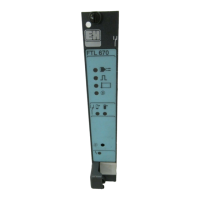
